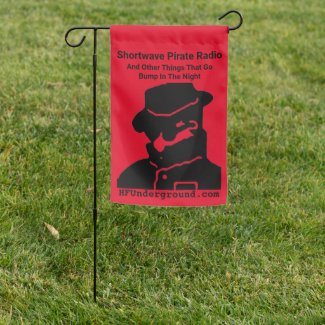Yes, the NCP81074 does indeed suck for our purposes. I'm not planning to use it ever again.
It is simply not suitable for use at >6 MHz on anything with a Qg >~8 nC; you will blow the NCP81074. The reasons are:
1) The NCP81074 runs a high supply current at these frequencies, which dramatically increases its power dissipation.
2) It does not have an exposed paddle (called an "EPAD" in industry lingo) under its "belly" to allow you solder it to the PCB and get the heat out, which is absolutely necessary. (Most heat will come out of the belly since that is where the silicon die is attached to the package leadframe. Adding a heatsink to the top is not going to help much.)
You can get it to work and stay alive at lower Vdd (< 9 V) depending upon the transistor but then you can't drive many LDMOS, GaN and
especially SiC transistors) to full on (lowest Rds_on), because the Qg needed to get the gate up to ~12 V far exceeds what the driver can deliver and not burn up. The demands upon the gate driver to source current (and thus dissipate heat) are significantly higher at 12 V than 6 V for example. Then when modulation of the final FET is added to the mix, the current demands at the gate increase again too. The NCP81074 can drive 4-6 A but it can't dissipate the heat that this causes when trying to do this at 6+ MHz, 50% duty cycle, Vdd = 12 V.
Keep in mind that the NCP is not characterized to work beyond 2 MHz. Obviously you can try it - we all do this - but understand that you may suffer unpredictable performance. Every time I have blown one of these up and soldered a new one down, I get a somewhat different supply current than the previous during operation. This tells me everything I need to know. You don't know what you are going to get the next time and the next time, etc, because you are working in conditions that are marginal and unintended for the chip. You likely won't see this at < 2 MHz because that is where it is spec'ed and intended to operate.
Instead, I have been using the Renesas ISL89163 dual driver or the TI UCC27614. Both have EPADs, can drive 6+ A and are plenty fast. (The ISL89163 can be paralleled for ~12A, the UCC27614 can do 10 A.) I haven't explored the TI chip much but I had the ISL89163 running at 18 MHz on a 28 nC gate Transphorm Cascode FET the other day and it looked like I still had extra pulse width to spare, i.e., the edges weren't so rounded that the pulse was horribly distorted. No self-destruction so far.

The ISL89163 has roughly half the supply current of the NCP81074 at the same frequency. Of course, these aren't spec'ed to operate at 6-7 MHz either, but so far I have not seen the same limitations as the NCP81074.
TI does make a FET driver that is intended to be used up to 50 MHz for LIDAR (LMG1025-Q1) but it can't go above 5 V.



